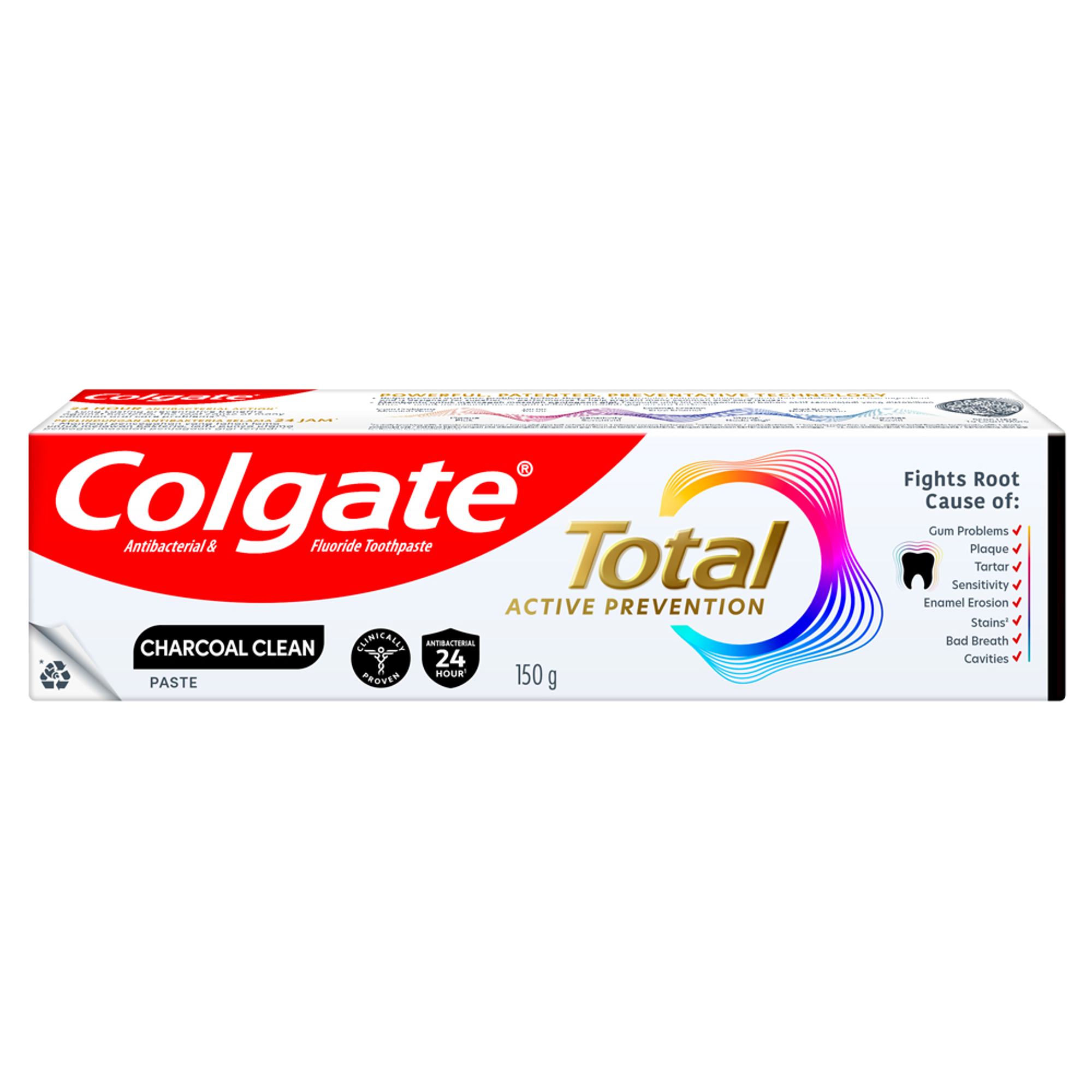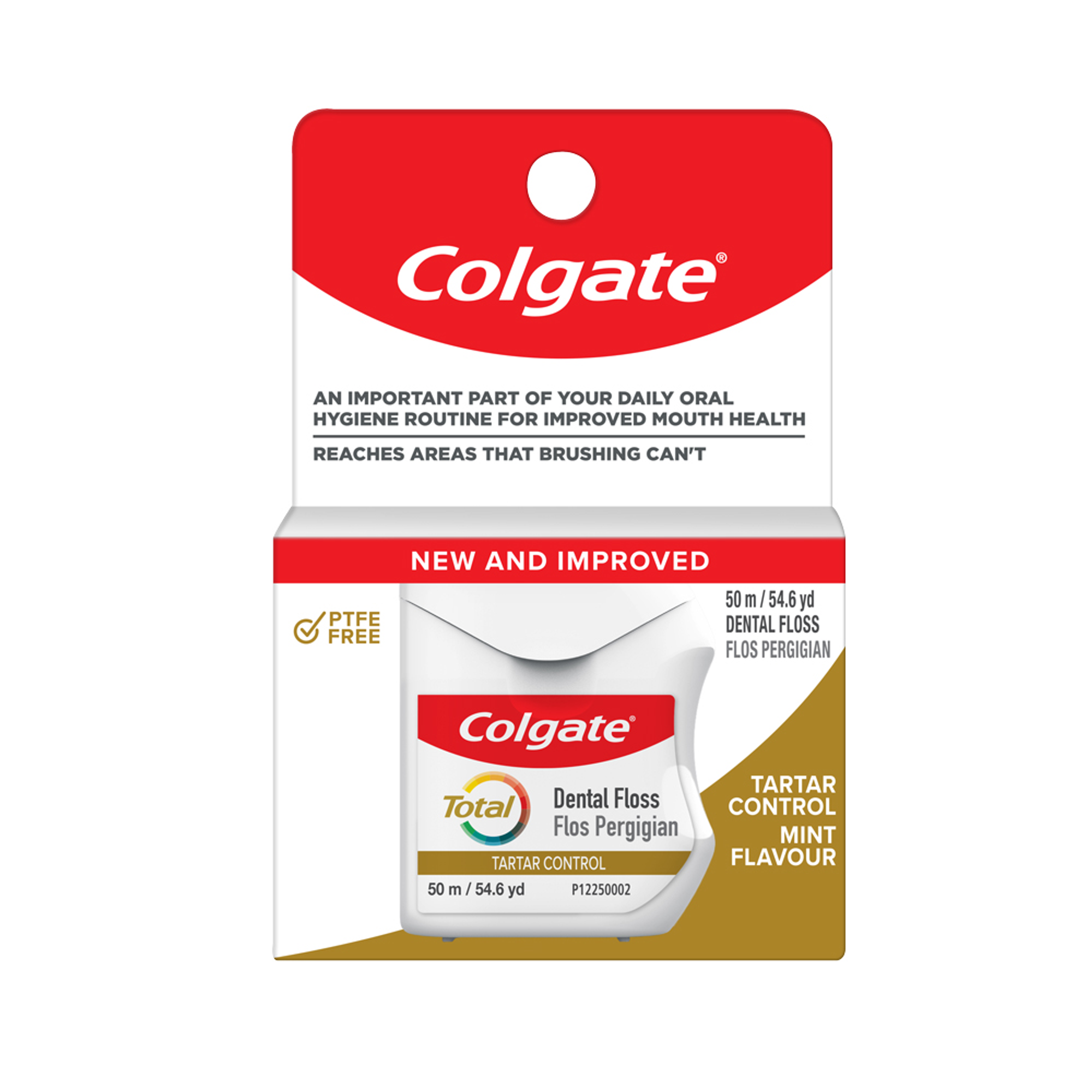-
-

FLUORIDE
Discover how stannous fluoride toothpaste prevents cavities and other oral health issues. Learn the key benefits of fluoride for teeth and its best uses.Fluoride plays a vital role in oral healthcare...

TEETH WHITENING
Teeth Whitening Serum for a Brighter, Confident SmileWho does not want whiter and brighter teeth? Thanks to the many teeth-whitening products available today...
-
Science & Innovation
- Colgate® | Toothpaste, Toothbrushes & Oral Care Resources
- Oral Health
- What Causes Pale Gums? 3 Possibilities to Discuss With Your Dentist


In some cases, changes in your mouth can be an early sign that something is going on elsewhere in your body. Take your gums, for instance.
Healthy gums are firm and pink to brown in colour depending on your ethnic background.
If the colour of your gums change or if you develop pale gums, it can be a sign that something's up.
Several conditions can affect the colour of your gums. If you are concerned about the look of your gums, your dentist or doctor can help to diagnose the issue and work with you to improve your overall health. Here are a few possible causes of pale gums.
1. Anaemia
An article published in Periodontology 2000 in the United States notes that people with anaemia may have pale tissues in the mouth. As explained by SingHealth, anaemia is a condition marked by reduced production of red cells, increased red cell destruction or breakdown, or blood loss. Often, people who have anaemia don't have enough iron, which your body needs to make haemoglobin — the protein that gives blood its bright red colour.
Several things can trigger anaemia. Some people develop it after losing a lot of blood, as mentioned by SingHealth. Others may develop anaemia because their body destroys red blood cells at a higher rate or has trouble producing red blood cells.
Having pale gums isn't the only sign of anaemia. Other symptoms include pale skin, shortness of breath, heart palpitations, fatigue and weakness, cold hands and feet, giddiness, and brittle nails, according to the Ministry of Health. Your doctor can run blood tests to look at your red blood cell count and haemoglobin levels before making a diagnosis. They may also perform a test that examines the shape and size of your red blood cells.
Treatment options for anaemia depend on the type. For instance, if you have anaemia because your iron levels are low, your doctor might prescribe an iron supplement.
2. Kidney Disease
The kidneys have two jobs: They filter your blood, and they produce urine. When something's wrong with your kidneys, they can't filter waste well. As the Ministry of Health (MOH) notes, diabetes and high blood pressure are the two major causes of kidney disease, and both of these conditions are on the rise in Singapore.
As for its effect on gum colour, a study published in the Journal of Clinical and Experimental Dentistry in Spain compared the gums of 30 patients with kidney disease to a control group of 30 people without kidney disease. No one in the control group had pale gums, while 42.2% of those who had kidney disease did.
Other symptoms to look for if you are concerned about kidney disease are swelling of feet and ankles, changes in urination, persistent itching and sudden weight change, notes MOH. If you have some of these symptoms, schedule an appointment with your doctor, especially if you have diabetes or high blood pressure. Even if you have no risk factors for kidney failure, MOH suggests that see your doctor immediately if you notice that you are urinating much more or much less than usual or if you see any blood in your urine.
According to SingHealth, the detection of renal disease is usually conducted through urine and blood tests. The main goal of chronic kidney disease treatment is to halt or delay its progression, usually by controlling the underlying cause. Dietary therapy is also provided, and at the later stages of the disease, dialysis and kidney transplant may be performed.
3. Menopause
In some cases, changes in your gum colour can also be connected to menopause. The American Academy of Periodontology in the United States notes that menopausal gingivostomatitis affects a small percentage of women. One of the signs of menopausal gingivostomatitis is a change in gum colour, such as the gums turning pale.
Hot flashes and night sweats, body aches and pains, dry skin, vaginal dryness, loss of libido, urinary frequency and sleeping difficulties are among the other signs of menopause, according to MOH. Your doctor can provide support and advice to help you cope with body changes associated with menopause.
The appearance of your gums can be a key indicator that something may be going on in your body. If you're concerned about pale gums or other changes in your mouth, don't be shy about discussing your concerns with your dentist or doctor. They can help you figure out what's going on and recommend the proper treatment for your situation.
Related Articles

Flossing is important for good oral health. If you have difficulty using string floss, talk to your dentist about alternatives, like a water flosser.


Water flossing uses water jets to clean between teeth, while traditional floss uses string. Learn the differences and choose what suits you best.
Related Products

Helping dental professionals
More professionals across the world trust Colgate. Find resources, products, and information to give your patients a healthier future








